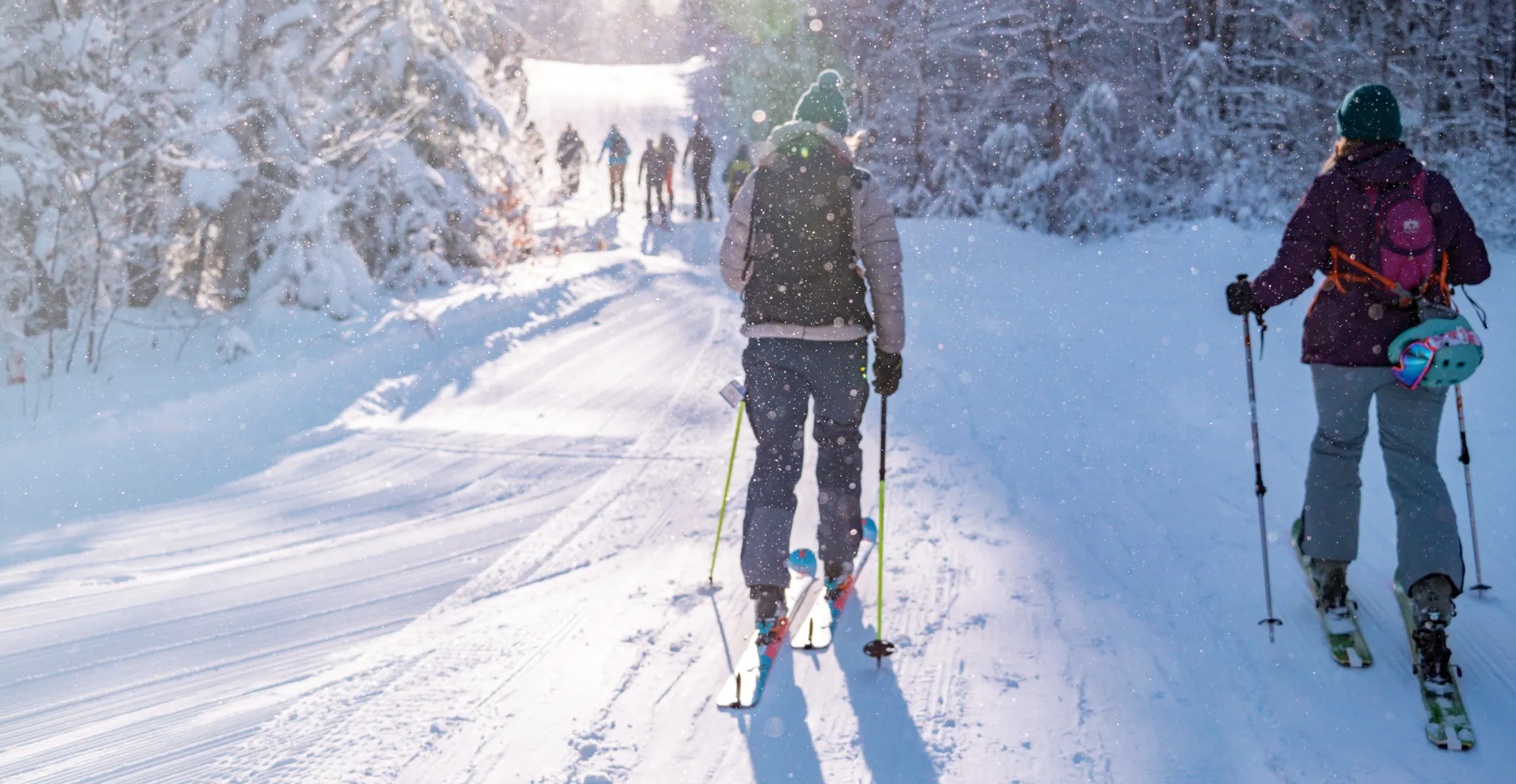If you have kicked around the idea of trying out ski touring but don’t know how to get started, you have come to the right place. This article will cover necessary gear, how to find gear, where to go, and instructional videos to watch.
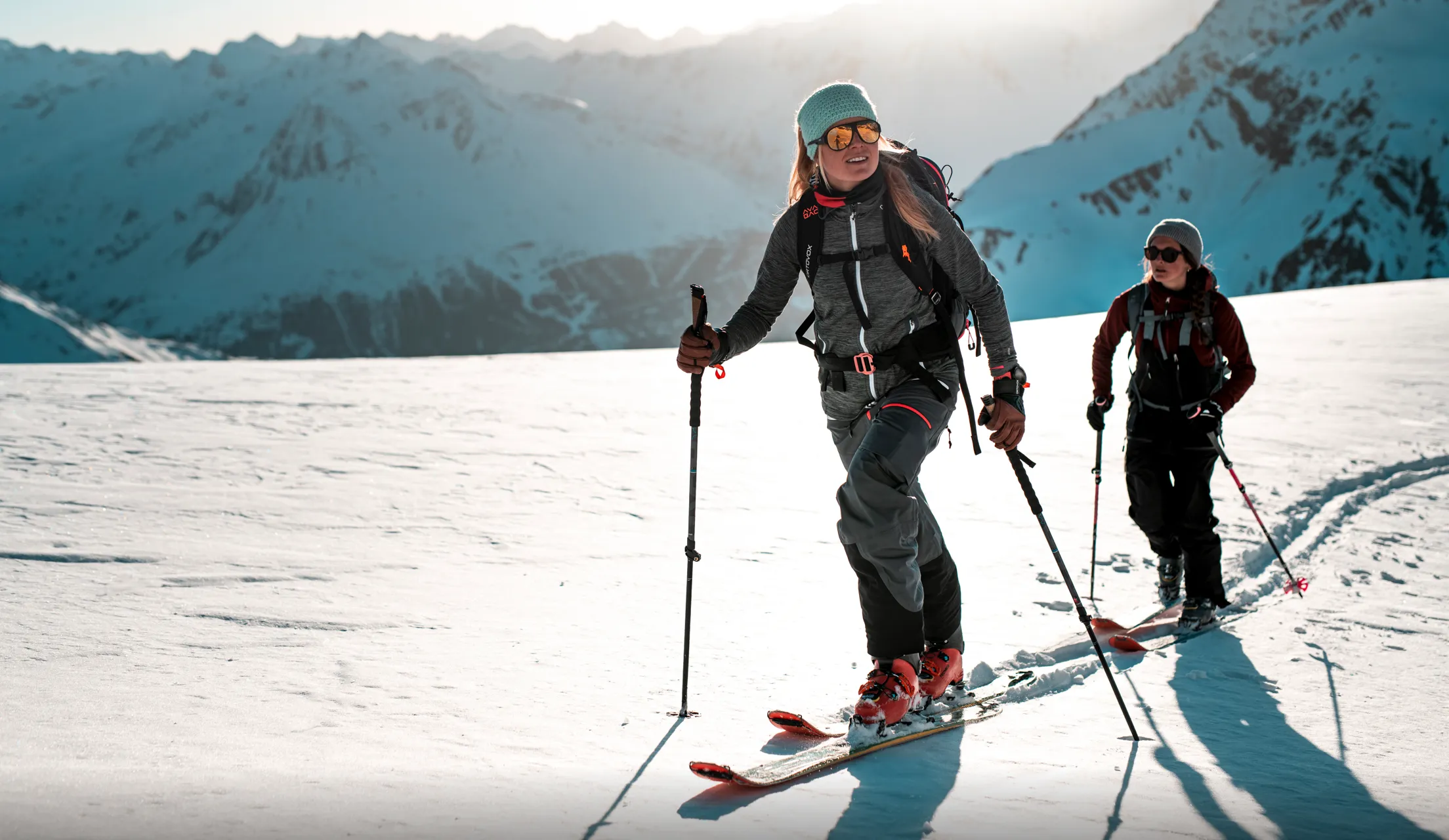
WHAT IS SKI TOURING
Ski Touring is skiing where you "hike" up the mountain with your ski and boots on. There
are
lots of other terms used to describe various types of touring.
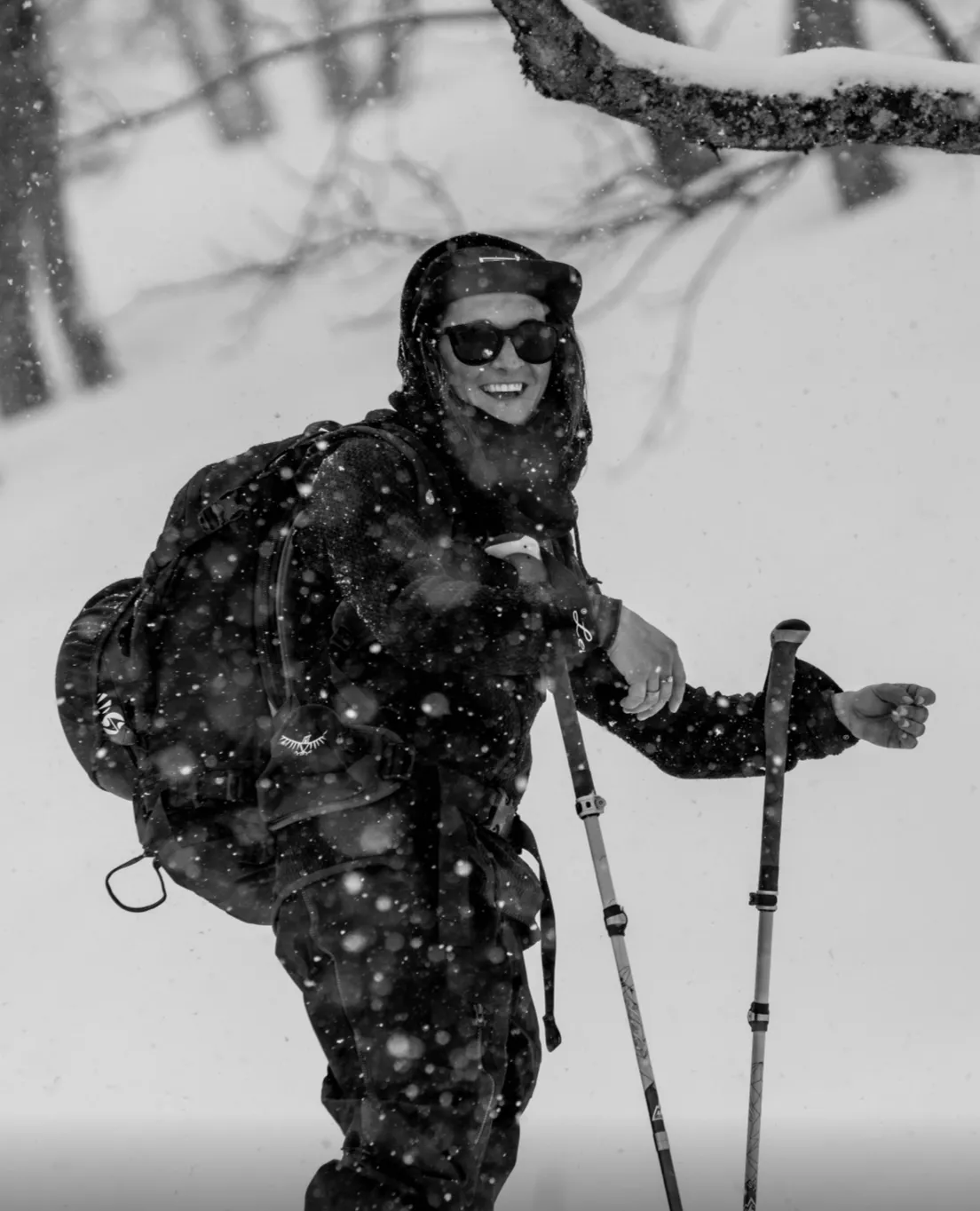
skinning
The act of traveling uphill with your skis on your feet using skins.
Alpine Touring or AT
Ski touring where you lock your heel down and descend in traditional
alpine
skiing fashion (the alternative would be telemark skiing where your heel is “free”
during
the descent).
Splitboarding
The snowboarding equivalent of ski touring. The snowboard is separated or
“split” into two ski like planks for the uphill and then reassembled back into a
traditional
snowboard for descending.
Backcountry Skiing (also referred to as “off-piste”)
Skiing outside of the resort bounds/setting. Backcountry skiing can be
accessed by both lift service or by ski touring.
Ski Mountaineering (also called Skimo)
Skiing where you ascend the mountain either with your skis on or carrying
them
and then descend on your skis.
Don't let the jargon deter you. What matters is that you recognize how empowering and
fun it
is to “earn your turns” a phrase used to describe ski touring because of the effort it
takes
but the reward that comes with it.
gear
Touring requires different gear than traditional alpine (downhill)
skiing. Here is a list of what you'll need to get started:
Bindings
Touring bindings allow your heels to detach on ascents so that your boot
can
pivot on the toe of the boot and you can have a natural uphill stride. Without this
ability,
everyone would be doing that awkward shuffle that some alpine skiers do in the lift line
to
"walk"/scoot forward. When you are done hiking up, alpine touring bindings allow you to
lock
your heel and ski down in traditional alpine ski fashion.
skis
You can tour on any ski, but touring specific skis like the Zero G collection are much
lighter and allow you to get out for longer days.
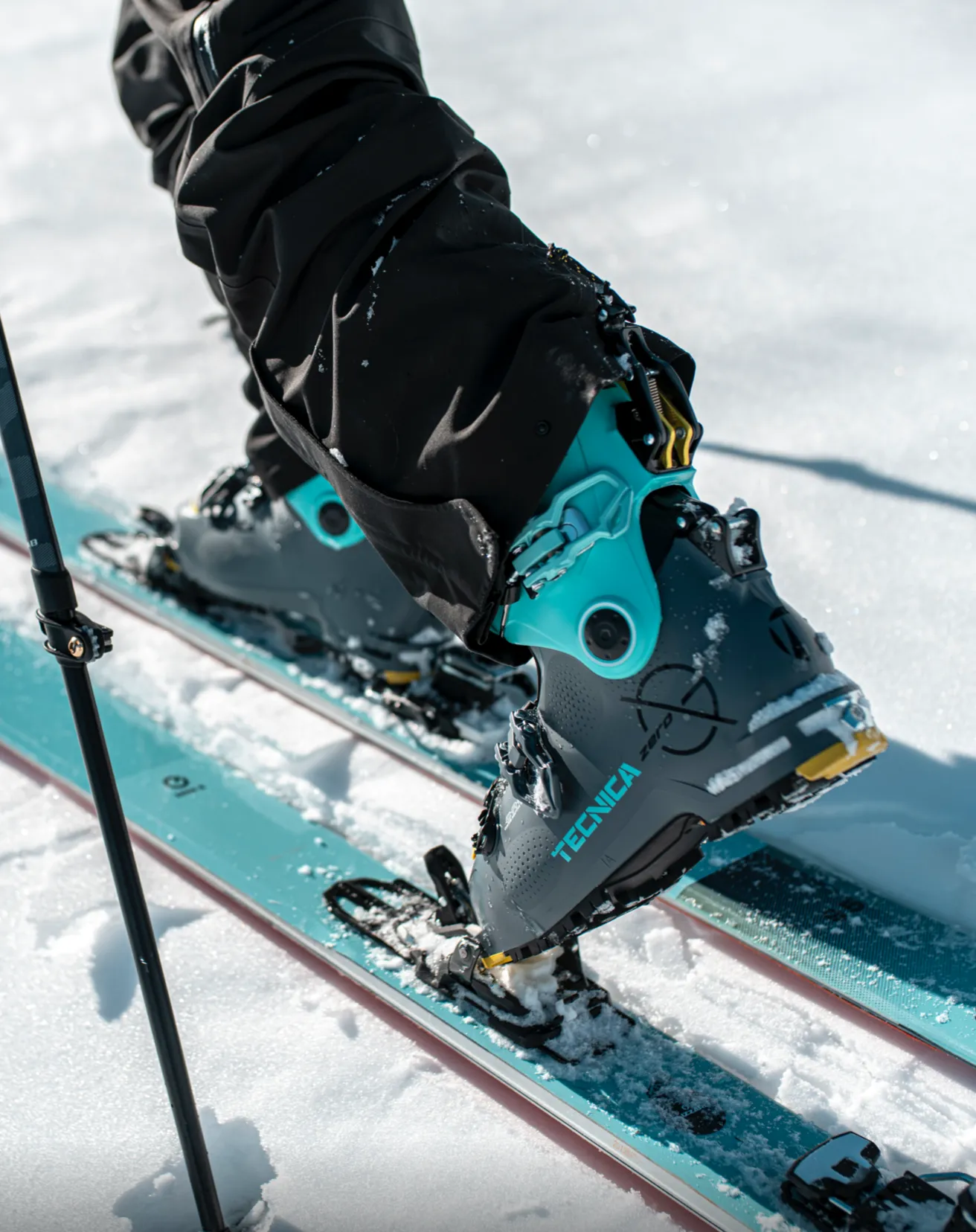
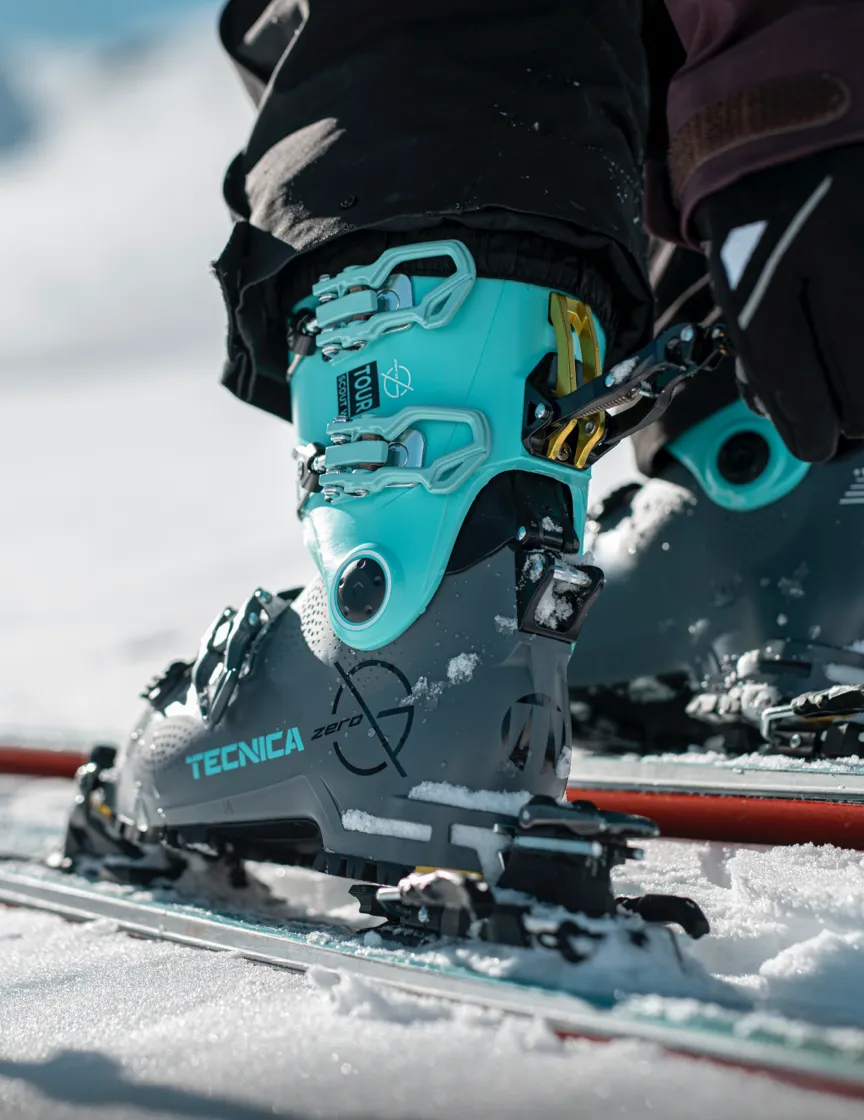
boots
Most people find alpine ski boots stiff and relatively
uncomfortable
especially when walking around the lodge or attempting to go down a set of
stairs.
Touring boots on the other hand are comfortable because of the flexibility in
walk/hike mode and the fact that they are sized more like a snug slipper vs a
tight
fitting performance or racing ski boot.
The walk/hike mode in a touring boot makes the cuff (upper part of your
boot)
hinge and allows your ankle to flex forward and backwards easily for more
comfortable uphill walking.
When you are ready to ski down, touring boots can be returned to ski mode
returning
the boot to a traditional, rigid feel so you can ski down confidently. Similar
to
the skis and bindings, touring boots are also much lighter than a traditional
alpine
boot. The Zero G collection of boots are incredibly light, have a large range of
motion, and the cuff rotation engages so effortlessly that it feels like you are
hiking in a mountaineering boot.
skins
Ski skins (Blizzards Skin collection) are used to enable uphill travel with your
skis on your feet; they let your ski slide forward but prevent it from sliding
backwards. Skins are adhered to the bottom of your skis when you are traveling
uphill. One side is covered in a sticky glue that lets them stick to your skis
while
the other side is covered in tiny directional synthetic hairs.
It always reminds me a bit of a short haired dog. If you pet the dog from it's head
to
tail, in the direction of its fur it's smooth and your hand glides along. If you pet
a
dog from tail to head, against the grain of the fur, it's prickly and your hand
doesn't
slide smoothly. This is exactly how the skin works on snow. It lets you slide
forward
smoothly with little friction but then it grips the snow and prevents you from
sliding
backwards down the hill.
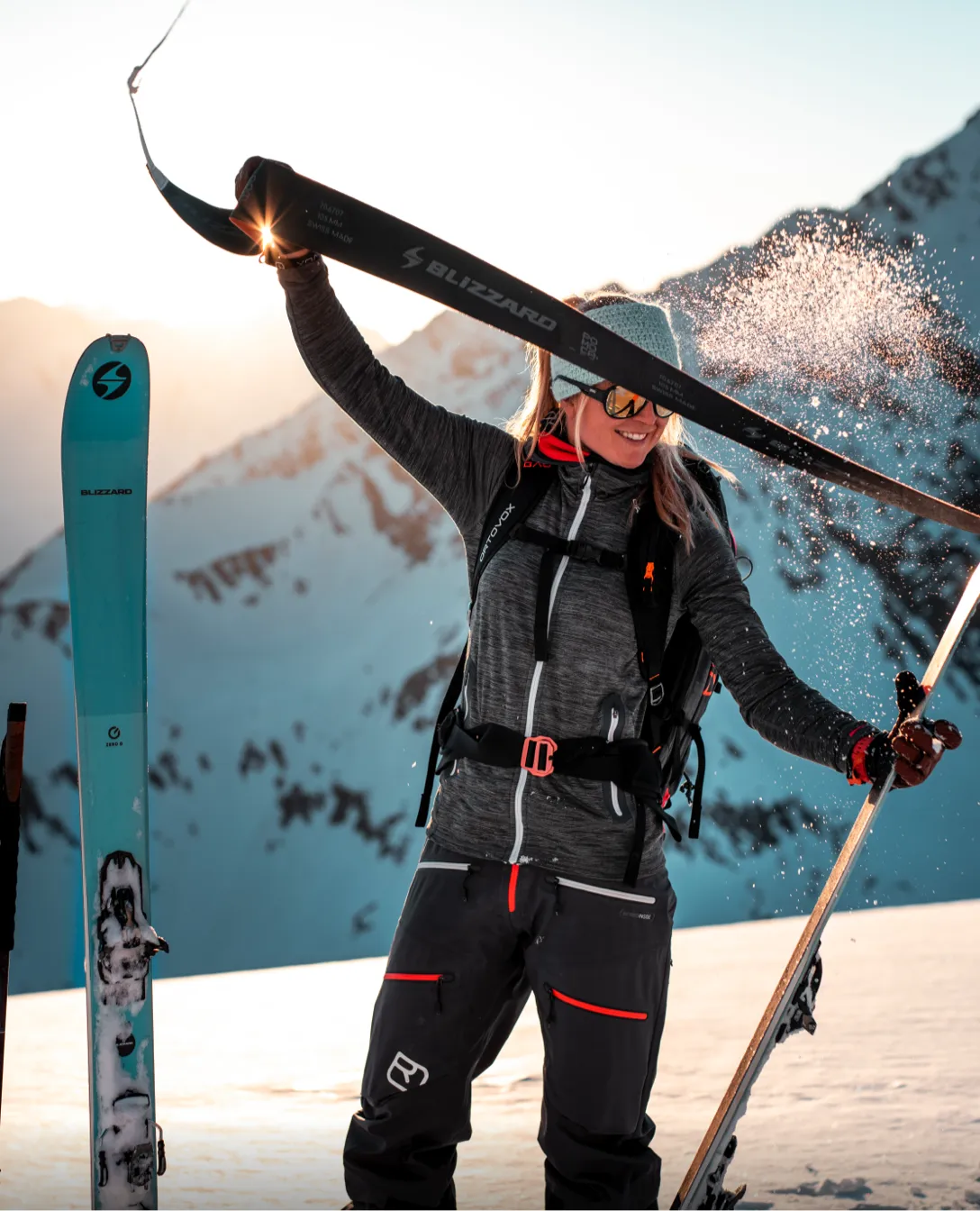
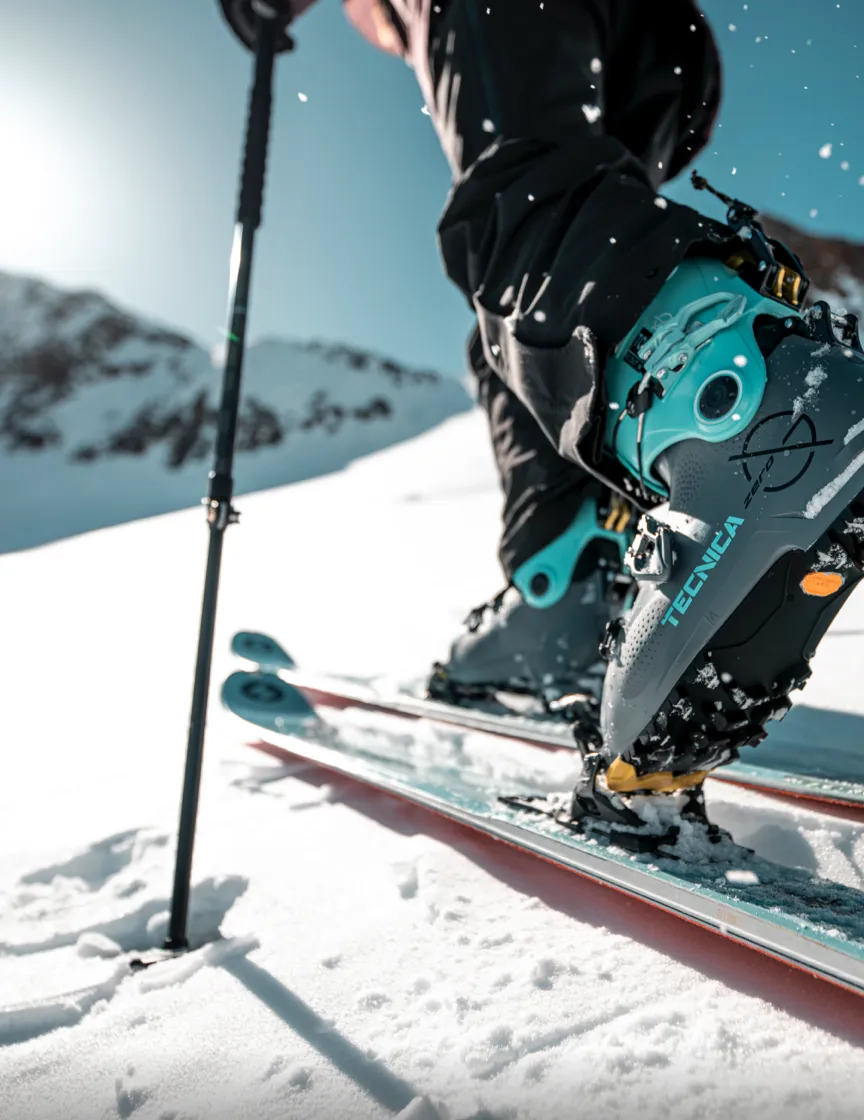
Poles
Typically when touring, people will use touring specific poles which are either
adjustable or are fixed length with very long grips and have larger baskets for
soft
powder. The benefits of these poles is that they both allow you to change the
effective length of the pole to match the terrain. However, if it's your first
time
trying touring and all you have are traditional, fixed length poles they will be
perfectly fine.
Now that you know what equipment you need, it is time to
beg,
borrow, steal to get a set up. Just kidding, how about rent, try, or buy. There are lots of
ways
to get gear that will get you out on the snow. The cheapest way is getting a friend to lend
you
a setup for a quick test.
If you are looking to go out touring with said friend, renting is a great option for anyone looking to try touring for a day. Renting is also a great way to test out different skis or boots if you are looking to buy and are unsure of exactly what you want. At the end of the season, most shops sell their rental fleet, which is an opportunity to pick up a used setup if you are looking to buy on a budget.
The one thing to always remember when buying ski gear is “date
your skis, marry your boots"!
This is especially important with touring because you will be spending so much time moving
in
the boots it is very important to get well-fitting boots so you are comfortable and can
enjoy
days out touring.
Overall, the best gear for you to get is whatever gets you out there- whether that’s a new setup, a used setup, renting, or borrowing.
WHERE TO GET STARTED
You have gotten the gear you need, but you may be wondering… where do I go
ski?
Resorts are a fantastic place to start ski touring. They offer a safe,
controlled
environment and terrain for people of all skiing abilities. On groomed terrain, you
don't need to worry about avalanche risks, bring any safety gear or emergency
equipment,
you can carry little to no water and food, and know that if anything goes wrong your
car
isn’t far away.
If you're itching to get into the backcountry or leave
resort
lines behind, this may be a disappointing suggestion. However, practicing and getting
comfortable with your gear before you are deep in the woods or mountains is not only
safer
but can save you from fumbling with gear out in the cold. If you head out to a resort,
just
remember most have uphill policies so make sure to check their website.
If you are hesitant to get out by yourself for the first time, check to see if there are any group tour options or local get togethers in your area. In New England, Inclusive Ski Touring is getting hundreds of new people out every year. They offer specific women’s and non-binary tours, and have onsite rentals.
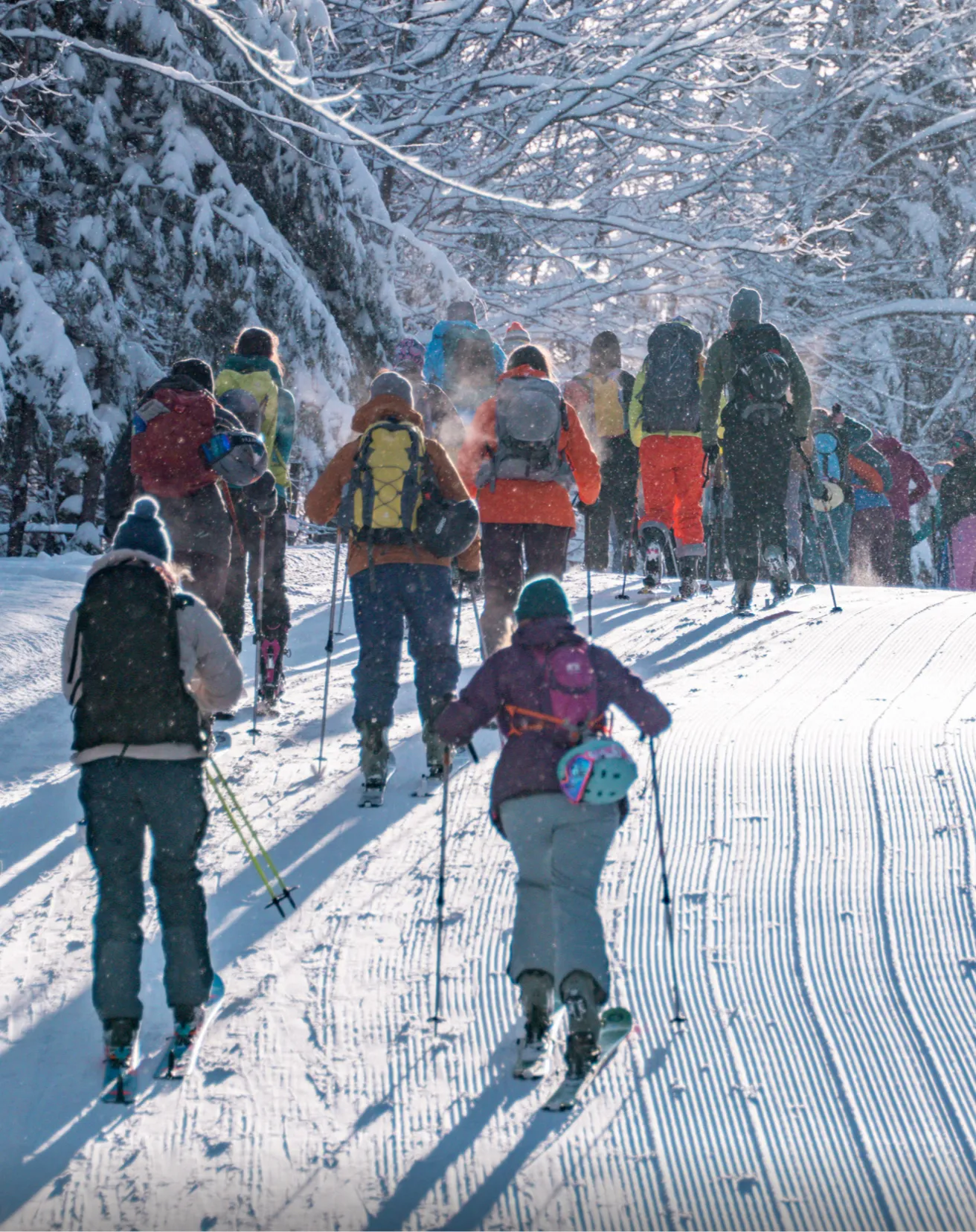
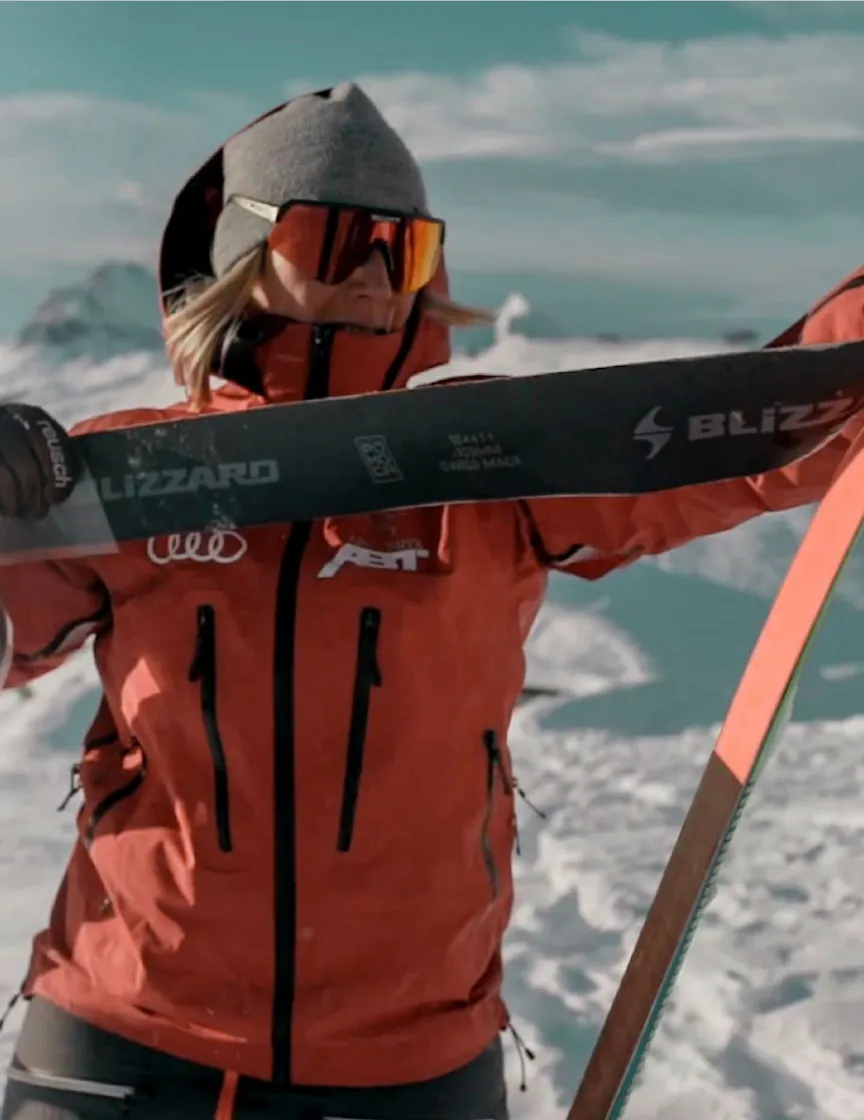
how to skin
Before you head out for your first day, learning how to use skins and
a
quick demo on touring technique can be helpful. Here are two quick videos to help
make
your first day out go smoothly.
If you're finishing this article and feeling nervous to start ski touring, I will
tell
you what I tell all of my friends who are hesitant to try something new, "everyone
starts somewhere”.
This article was written by Meg Pierce. Meg is a 2023 recipient of the Hilaree Nelson
Scholarship and a board member of Inclusive Ski Touring where she works to expand uphill
access with a focus on Women's Programs.
